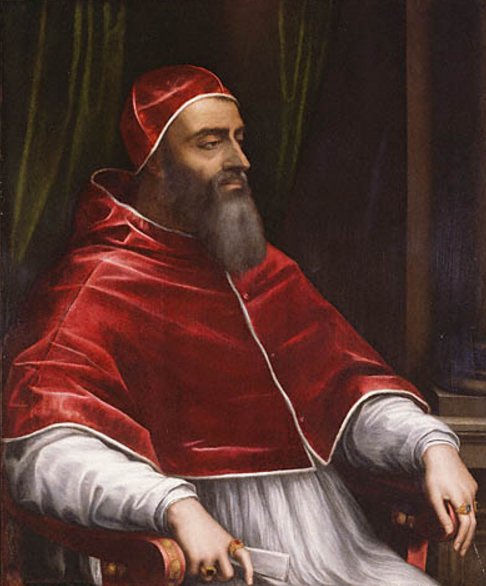By Nick Squires, Daily Telegraph
 (Vancouver Sun) English nobles threatened "extreme remedies" against the Roman Catholic Church unless the Pope annulled Henry VIII's marriage to Catherine of Aragon, a letter from the Vatican Secret Archives discloses.
(Vancouver Sun) English nobles threatened "extreme remedies" against the Roman Catholic Church unless the Pope annulled Henry VIII's marriage to Catherine of Aragon, a letter from the Vatican Secret Archives discloses.The nine-metre wide parchment, with 81 wax seals and red silk ribbons, made public for the first time this week, was sent on Henry's orders to Pope Clement VII in 1530. It was signed by members of the English Parliament, bishops, abbots and the archbishops of York and Canterbury.
They urged the Pope to annul the king's marriage to Catherine so that he could marry Anne Boleyn, one of her ladies-in-waiting, in the hope of producing a male heir. "If the Pope is unwilling, we are left to find a remedy elsewhere. Some remedies are extreme, but a sick man seeks relief in any way he can find," the lords wrote in a barely veiled threat.
The letter is one of the highlights of an exhibition of 100 documents chronicling more than 1,200 years of the Vatican's dealings with kings, conquerors and caliphates.
Henry had fallen in love with Boleyn in 1526 and was desperate for his first marriage to be annulled - a struggle that he referred to as his "great matter."
He married Boleyn in 1533 but Clement VII declared the union invalid and five years later the king was excommunicated. The confrontation led to a split from the Catholic Church and fuelled the English Reformation.
The letter was consigned to the Secret Archives, in a palazzo at the heart of the Vatican City State, but went missing in the late 19th century. It was rediscovered in 1926, hidden in a small chest beneath a chair.
Many of the archive's documents are written in ornate Latin script but other languages include Arabic, Persian and Chippewa - the tongue of a North American Indian tribe that wrote to the Vatican on birch bark in the 19th century.
They include the world's oldest document in Mongolian - an order made in 1279 by a khan granting safe conduct to papal ambassadors.
The exhibition in Rome marks the 400th anniversary of the Secret Archives in their present form - they were established in 1612 by Pope Paul V. They originally comprised just three rooms, but now line more than 55 miles of shelves.
Monsignor Sergio Pagano, the prefect of the Secret Archives, said that the aim of the exhibition was to "shed light on this ancient institution."

No comments:
Post a Comment